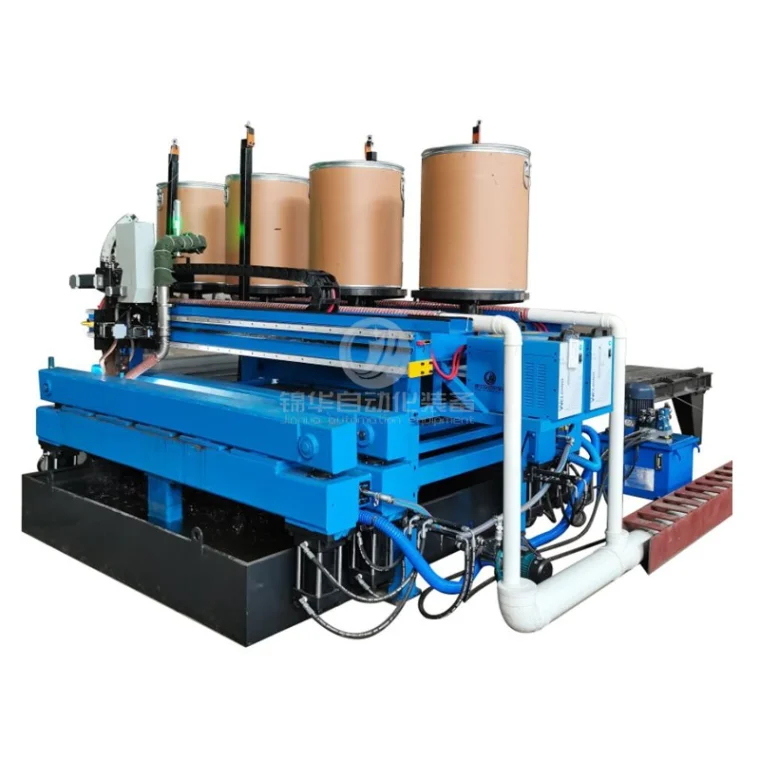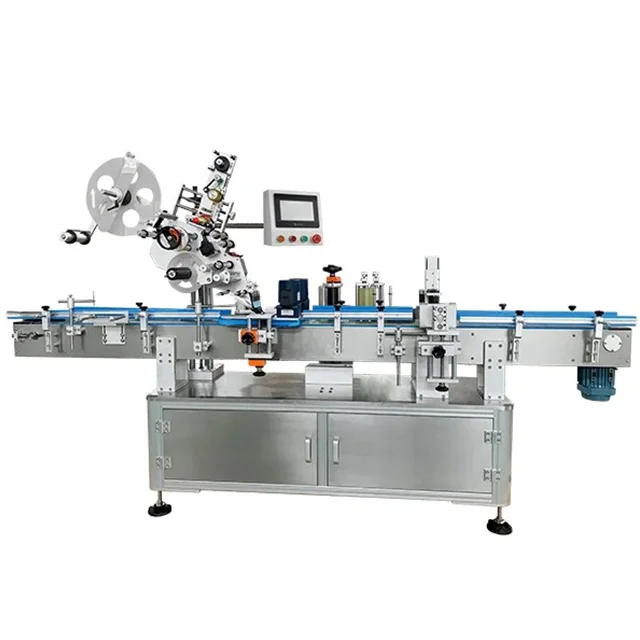Breathe Easy: Innovative Strategies for Creating Effective Ventilation in Closed Spaces
3 min readIn an era where indoor air quality has become a significant concern, understanding how to create ventilation in a closed room is essential for health, comfort, and productivity. Whether you are working from home, managing a commercial space, or simply trying to improve your living environment, effective ventilation strategies can make a substantial difference. This article delves into advanced techniques and considerations for optimizing airflow in closed spaces, ensuring that you can breathe easy and maintain a healthy atmosphere.
Understanding the Importance of Ventilation
Before diving into the methods of creating ventilation, it’s crucial to comprehend why it matters. Poor indoor air quality can lead to a myriad of health issues, including respiratory problems, allergies, and even cognitive decline. Moreover, inadequate ventilation can result in the accumulation of moisture, leading to mold growth and structural damage. Therefore, establishing a well-ventilated environment is not just a matter of comfort; it is a necessity for overall well-being.
Assessing Your Space
The first step in creating effective ventilation is to assess the specific characteristics of your closed room. Consider the following factors:
- Room Size and Layout: Larger rooms may require more complex ventilation solutions, while smaller spaces might benefit from simpler methods.
- Existing Airflow: Identify any existing windows, doors, or vents that can be utilized or enhanced.
- Purpose of the Room: Different activities generate varying levels of pollutants. For instance, kitchens and bathrooms require more robust ventilation compared to bedrooms or offices.
Natural Ventilation Techniques
Natural ventilation harnesses the power of outdoor air to improve indoor air quality. Here are some effective strategies:
- Cross-Ventilation: Open windows or doors on opposite sides of the room to create a cross-breeze. This method is particularly effective in spaces with a prevailing wind direction.
- Stack Ventilation: Utilize the principle of warm air rising. By opening windows at different heights, you can create a natural flow of air, allowing cooler air to enter from lower openings while warm air escapes from higher ones.
- Ventilation Grilles: Install grilles in walls or ceilings to facilitate airflow without compromising security. These can be particularly useful in basements or attics.
Mechanical Ventilation Solutions
In situations where natural ventilation is insufficient, mechanical systems can provide a reliable alternative. Consider the following options:
- Exhaust Fans: These are essential in areas with high humidity or pollutants, such as kitchens and bathrooms. They actively remove stale air, helping to maintain a fresh environment.
- Supply Fans: These fans introduce fresh air into the room, which can be particularly useful in tightly sealed spaces. Ensure that the supply air is filtered to remove allergens and pollutants.
- Heat Recovery Ventilators (HRVs): HRVs are advanced systems that exchange indoor air with outdoor air while recovering heat from the outgoing air. This method is energy-efficient and maintains comfortable temperatures.
Enhancing Air Quality with Filtration
Regardless of the ventilation method chosen, incorporating air filtration can significantly improve indoor air quality. High-Efficiency Particulate Air (HEPA) filters can capture a wide range of airborne particles, including dust, pollen, and pet dander. Additionally, consider using activated carbon filters to remove odors and volatile organic compounds (VOCs).
Monitoring and Maintenance
Creating ventilation is not a one-time task; it requires ongoing monitoring and maintenance. Here are some best practices:
- Regular Inspections: Periodically check vents, fans, and filters for dust accumulation and blockages. Clean or replace filters as needed to ensure optimal performance.
- Humidity Control: Use hygrometers to monitor indoor humidity levels. Ideally, indoor humidity should be kept between 30% and 50%. Dehumidifiers can be employed in damp areas to prevent mold growth.
- Air Quality Sensors: Consider installing air quality monitors that can provide real-time data on pollutants and humidity levels. This information can guide your ventilation strategies effectively.
Conclusion
Creating effective ventilation in a closed room is a multifaceted process that requires careful consideration of various factors, including room characteristics, ventilation methods, and ongoing maintenance. By implementing a combination of natural and mechanical ventilation strategies, along with air filtration and monitoring, you can significantly enhance indoor air quality. Ultimately, investing time and resources into proper ventilation will lead to a healthier, more comfortable living or working environment, allowing you to breathe easy and thrive.



